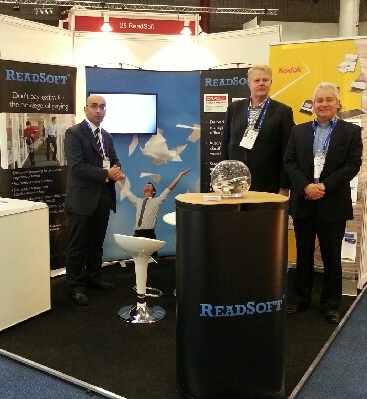Removing tedious, slow and error prone manual processing is critical for businesses which want to improve their effectiveness, whilst driving efficiency and reducing costs. But, now it is apparent that errors sneaking into many finance functions are not simply the result of user mistyping, but compression algorithms within photocopiers altering numbers.
Computer scientist and blogger David Kriesel has this week highlighted the Xerox WorkCentre 7535 and the 7556 as devices that in tests would turn the “6” into an “8”, and vice versa, with other numbers being affected too. Talking to the BBC he explained that the anomaly is caused by Jbig2, the image compression standard used in scanners and copiers to make file sizes of scans smaller. Jbig2 will substitute figures it interprets as the same, meaning similar numbers were being wrongly swapped.
Even scans to PDF as images can be affected when low scan quality settings are used. Many scanners will advise that character substitution may occur at low quality settings and though Xerox is not the only manufacturer where this can occur, it has come into the firing line. Unsurprisingly the company issued a statement today which was reported in the Independent explaining that it takes the matter “very seriously’ and suggested users avoid the problem by printing in high resolution until the matter is investigated fully.
If your finance department uses ReadSoft INVOICES then you need not be concerned by this latest revelation, or worried as to the liability mis-scans can potentially represent. INVOICES’ automation and validation picks up on these typical errors – both at line and header levels – and ensures that all your invoices are processed accurately. Paper invoices are scanned and digitized, the software handles the data entry, reading and interpreting all invoice files, regardless of format and crucially for those now facing these reported scanner issues provides validation.
All captured invoice information, including barcodes, stamps, and other supplier-specific data, is categorized, and validated against available purchase order, goods receipt, and master data with checking of sums, supplier data, dates, tax amounts all automated.
Discrepancies and missing information are quickly flagged. Because INVOICES is self-learning, common issues such as character substitution will be quickly recognised routed to a workflow for resolution and if needs be, user verification. Only when validated do invoices continue in the processing workflow, so AP staff only need to get involved for issue resolution and can ensure every documents which leaves the finance department is accurate and numbers are correct.


